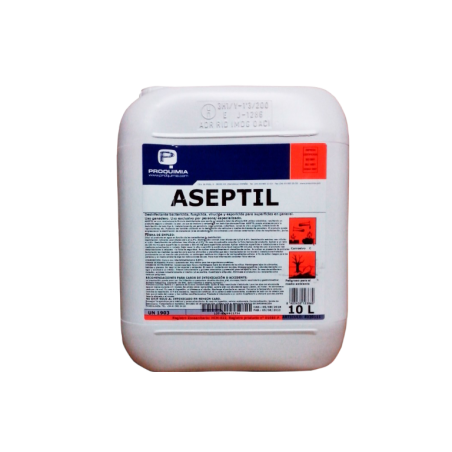The porcine reproductive and respiratory syndrome virus (PRRSV) continues to challenge swine production in the US and most parts of the world. Effective PRRSV surveillance in swine herds can be challenging, especially because the virus can persist and sustain a very low prevalence. Although weaning-age pigs are a strategic subpopulation in the surveillance of PRRSV in breeding herds, very few sample types have been validated and characterized for surveillance of this subpopulation.
Methods: The objectives of this study, therefore, were to compare PRRSV RNA detection rates in serum, oral swabs, nasal swabs, ear-vein blood swabs, and family oral fluids obtained from weaning-age pigs and to assess the effect of litter-level pooling on the reverse transcription-quantitative polymerase chain reaction (RT-qPCR) detection of PRRSV RNA. Three eligible PRRSV-positive herds in the Midwestern USA were selected for this study. 666 pigs across 55 litters were sampled for serum, nasal swabs, ear-vein blood swabs, oral swabs, and family oral fluids. RT-qPCR tests were done on these samples individually and on the litter-level pools of the swabs. Litter-level pools of each swab sample type were made by combining equal volumes of each swab taken from the pigs within a litter.

Results: Ninety-six piglets distributed across 22 litters were positive by PRRSV RT-qPCR on serum, 80 piglets distributed across 15 litters were positive on ear-vein blood swabs, 80 piglets distributed across 17 litters were positive on oral swabs, and 72 piglets distributed across 14 litters were positive on nasal swabs. Cohen's kappa analyses showed near-perfect agreement between all paired ear-vein blood swabs, oral swabs, nasal swabs, and serum comparisons. The serum RT-qPCR cycle threshold values (Ct) strongly predicted PRRSV detection in swab samples. There was a ≥ 95% probability of PRRSV detection in ear-vein blood swabs-, oral swabs-, and nasal swabs pools when the proportion of positive swab samples was ≥ 23%, ≥ 27%, and ≥ 26%, respectively.
Conclusion: Ear-vein blood swabs, nasal swabs, and oral swabs can be used as surveillance samples for detecting PRRSV RNA by RT-qPCR in weaning-age pigs. The minimum number of piglets to be sampled by serum, ear-vein blood swabs, oral swabs, and nasal swabs to be 95% confident of detecting ≥ 1 infected piglet when PRRSV prevalence is ≥ 10% is 30, 36, 36, and 40, respectively.
Osemeke OH, Cezar GA, Paiva RC, Moraes DCA, Machado IF, Magalhaes ES, Poeta Silva APS, Mil-Homens M, Peng L, Jayaraman S, Trevisan G, Silva GS, Gauger PC, Linhares DCL. A cross-sectional assessment of PRRSV nucleic acid detection by RT-qPCR in serum, ear-vein blood swabs, nasal swabs, and oral swabs from weaning-age pigs under field conditions. Front. Vet. Sci. 2023; 10:1200376. doi: 10.3389/fvets.2023.1200376






